---------------------------------------
BY ANISH KOKA
On March 25th, 1971, the Pakistani army launched Operation Searchlight, a military campaign to brutally suppress a Bengali nationalist movement.
The roots of the genocide lie in the parting gift British rulers gave to the Indian subcontinent at the time of independence in 1947. British controlled India was separated into Hindu majority India and Muslim majority Pakistan. But because there were two dense non-contiguous Muslim majority areas in British controlled India, the muslim majority country of Pakistan was divided into East and West Pakistan.
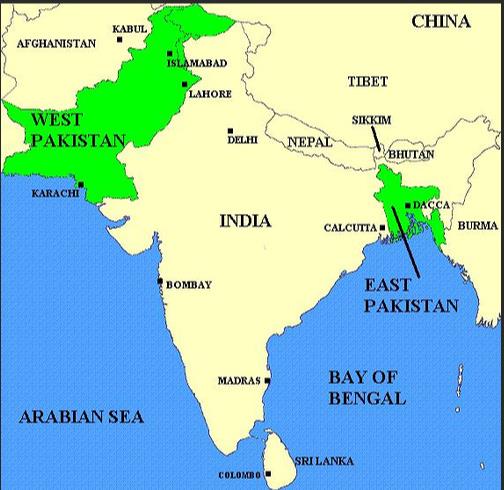
East and West Pakistan were linked by religion, but little else. East Pakistan was culturally Bengali, and had much more in common with Bengali Hindus than Muslims in West Pakistan. While Bengalis took pride in their culture and language, West Pakistani’s looked down on the Bengali’s because it was deemed to be too influenced by Hindu culture. While Bengali muslims may have identified themselves with Pakistan’s islamic project, by the 1970s many in East Pakistan had given priority to their Bengali ethnicity over their religious identity, desiring a society more in accordance with Western principles of secularism and democracy. A growing opposition in East Pakistan strongly objected to the Islamist paradigm being imposed the West Pakistani state.
But West Pakistan controlled the military, and formed much of the ruling elite after the partition in 1947. In a move designed to send a message to Bengali speaking East Pakistani’s , the founding father of Pakistan, Muhammad Jinna even made Urdu the national language of all of Pakistan, and branded those opposed as enemies of the State.
The predominantly Bengali East Pakistanis outnumbered West Pakistanis and chafed at control from Islamabad. It was little suprise then, that in the first general election, the Awami league, campaigning for more local control, under the leadership of Sheikh Mujibur Rahman won a majority of votes and demanded control of the government shift to East Pakistan.
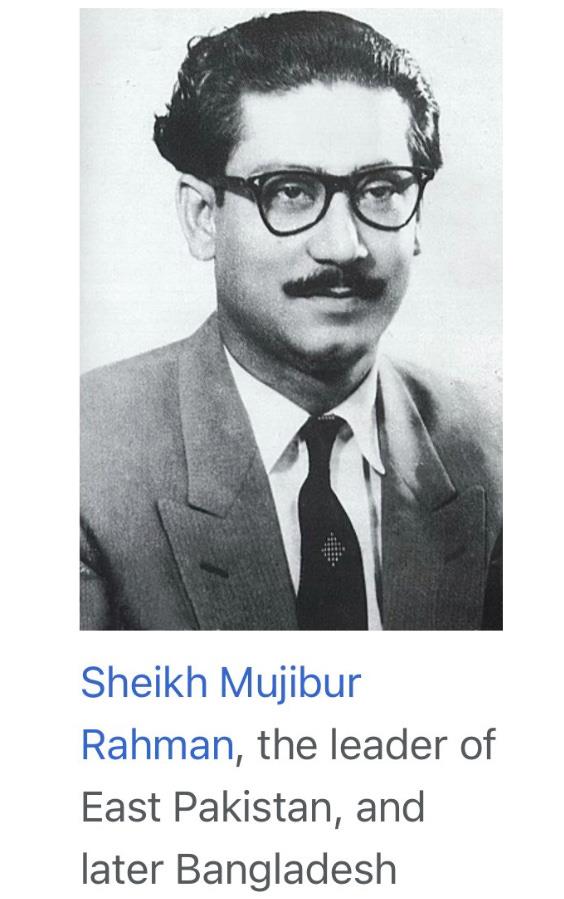
The president of Pakistan at the time – General Yahya Khan and the leader of the dominant PPP party in the West Pakistan – resisted. They had no intentions of a transfer of power to Sheikh Rahman. Negotiations between the two sides broke down, and a disabling strike called by Rahman effectively shut down the East Pakistani economy.
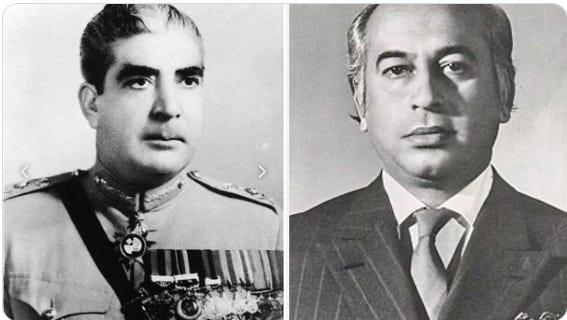
Shortly after, West Pakistan launched Operation Searchlight. The goal ? To extinguish the nascent Bengali nationalist movement by killing or imprisoning its leadership, and even more importantly, destroy any possibility of a future nationalist movement. The Pakistani Armed Forces and supporting pro-Pakistani Islamist militias from Jamaat-e-Islami began an ethnic cleansing campaign that claimed the lives of 300,000 to 3 million people. The army also launched a systemic rape campaign of Bengali women, raping between 200,000 and 400,000 Bengali women.
One of the groups that were eyewitness to the atrocities was the American consulate stationed in Dacca, East Pakistan. Daily telegrams were sent to US President Richard Nixon, and National Security Advisor/Secretary of State Henry Kissinger about the brutality being carried out with American weapons supplied to Pakistan.
The systemic rape of Bangladeshi women was without precedent in the modern era. Australian doctor, Geoffrey Davis, was brought to Dacca by the International Planned Parenthood Federation (IPPF) and the United Nations.
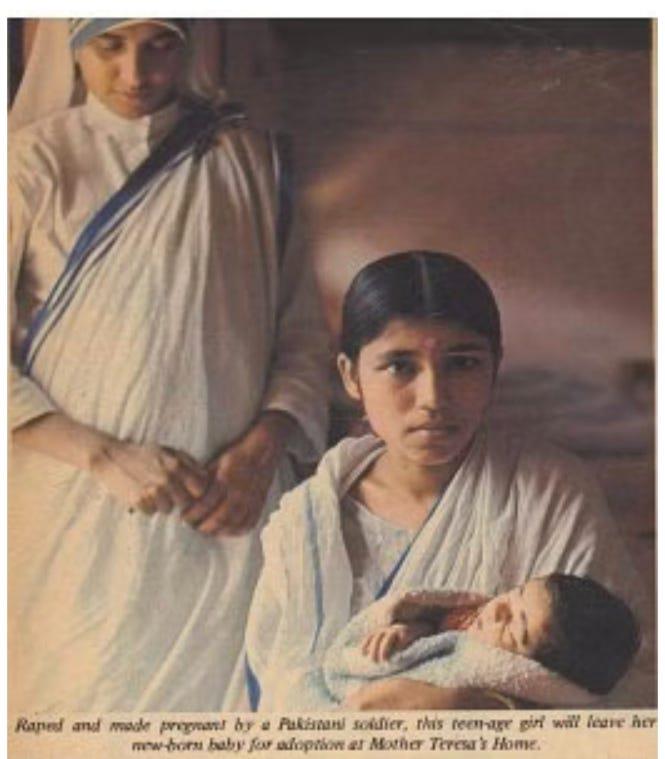
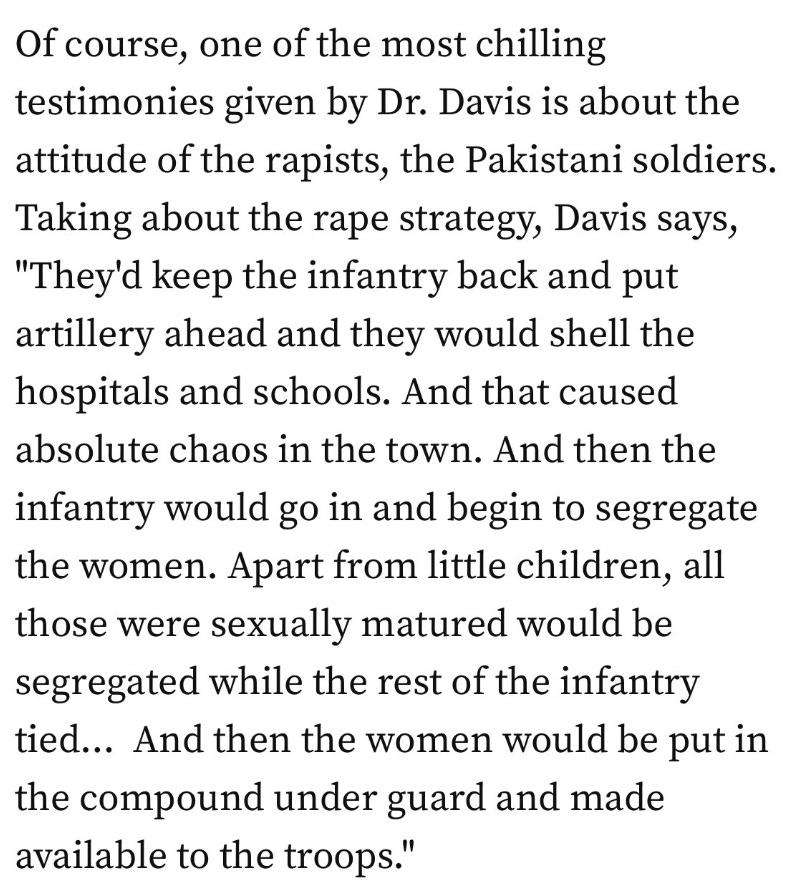
His task?
Perform late term abortions, and facilitate large scale international adoption of the war babies born to Bangladeshi women. In an interview, Davis was asked why the Pakistani’s had to impregnate the women. “
“… so there would be a whole generation of children in East Pakistan that would be born with the blood from the West. That’s what they said.”
Arthur Blood was the American diplomat stations in Dacca and increasingly grew more horrified. His daily cables to DC became more urgent – but continued to be steadfastly ignored by Nixon and Kissinger.
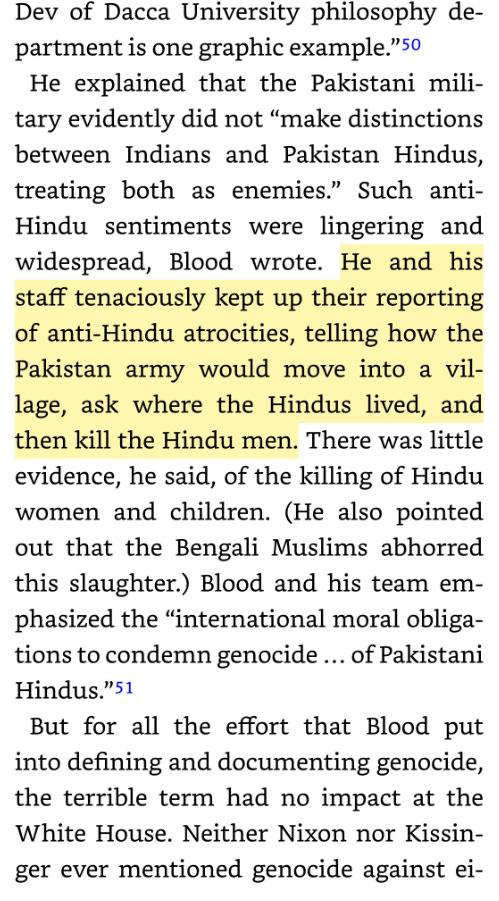
Blood was particularly moved by the killing of a Hindu Bengali professor he had befriended on the very first night of the Pakistani operation.
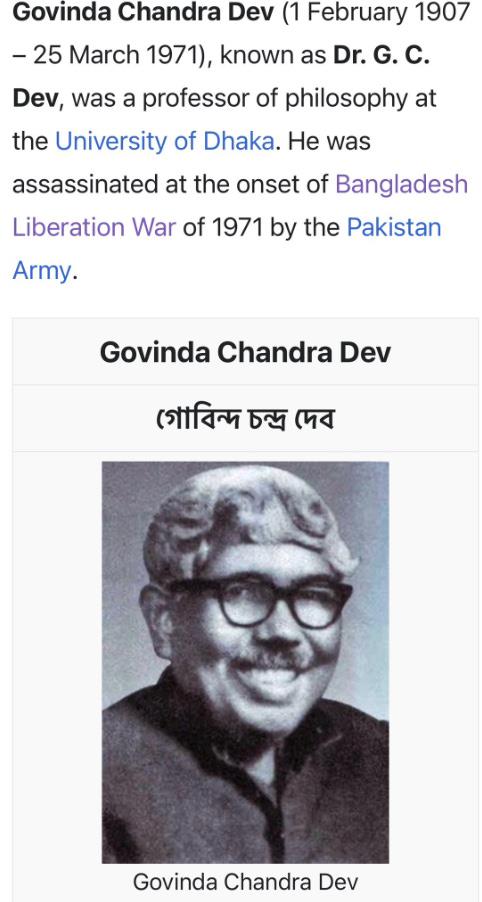
Early in the crackdown, Dev was dragged out of his home, hauled to a field in front of the Hindu dormitory at the university and shot dead. There was no other reason that he was killed other than being a Hindu professor
Neighboring India was quickly deluged by millions of East Pakistani’s fleeing the Pakistani genocide, and quickly decided to prepare to launch a military operation. This would take time, and in the interim, India became active in support of the Bengali East Pakistan guerilla’s that called themselves the Mukti Bahini (Freedom fighters).
Tipped off to the looming Indian offensive, Pakistan launched a pre-emptive airstrike meant to neutralize the Indian airforce. This failed miserably, and thus started the formal war between India and Pakistan. The Indian strategy was primarily a defensive war on India’s Western border with Pakistan, and an all out Blitzkrieg on the East Pakistani front to liberate the Bengali’s.
The plan was masterminded by Major General Jacob-Farj-Rafael Jacob, the chief of staff of the Indian army’s eastern command who also happened to be a Sephardic Jew born in Calcutta.
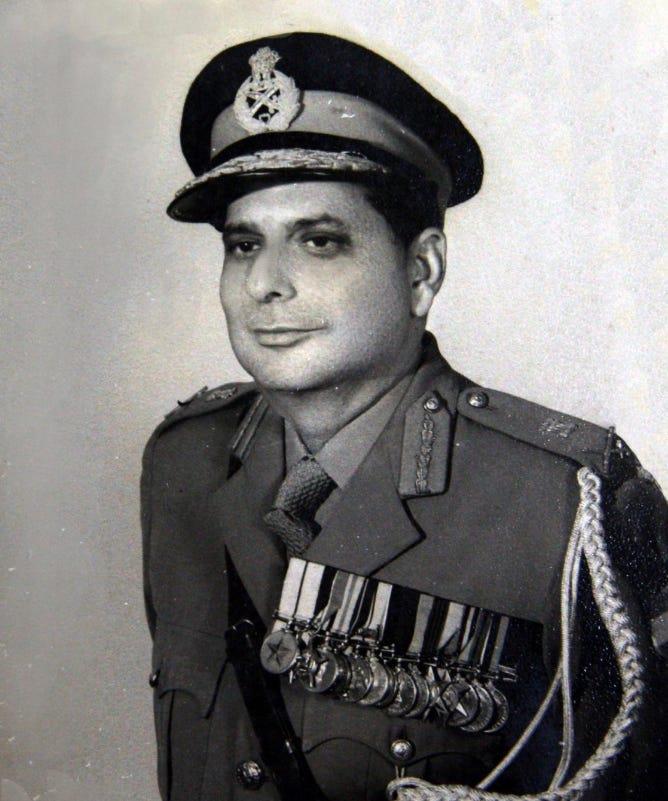
Nixon and Kissinger, silent partners in the genocide to date, now sprung into action with a multi-pronged strategy to stop India.
- Future POTUS George W Bush was sent to the United Nations to call for an immediate ceasefire (the only no votes came from the India friendly Soviet bloc) on the grounds India was violating the sovereignty of a neighboring nation.
- Push Iran and Jordan to supply US arms to Pakistan with the understanding the US would replace the equipment during the next budgetary cycle
- Push China to mass its troop on the Chinese border with India
- Move a US carrier into the Bay of Bengal
Supplying arms to Pakistan without going through Congress was illegal because the Democrat controlled congress had been leaked the Blood telegrams and had cut off all further military aid to Pakistan. It didn’t matter to Nixon/Kissinger that what they were doing was illegal, or that involving China risked spreading the conflict.
China had a deep animosity to India, but reluctant to anger the Soviets demurred. The Soviets also moved their own aircraft carrier into the Bay of Bengal.
The Indian army destroyed the heavily outnumbered Pakistani army in rapid fashion, before any US machinations could bear fruit, and on December 16th, over 93,000 Pakistani troops surrendered, making it the largest surrender since World War 2.
In contrast to the atrocities meted out by the Pakistani army, India treated all Prisoners of War in strict accordance with the Geneva convention. It released more than 93,000 Pakistani’s in 5 months. The Pakistani’s were humiliated, and Bangladesh came into existence.
Anish Koka is a cardiologist. Follow him on twitter @anish_koka . Link to this story on twitter here.
Pakistan continues to dispute the events that transpired despite overwhelming evidence to the contrary. The US involvement is subject of a fantastic book by Gary Bass.
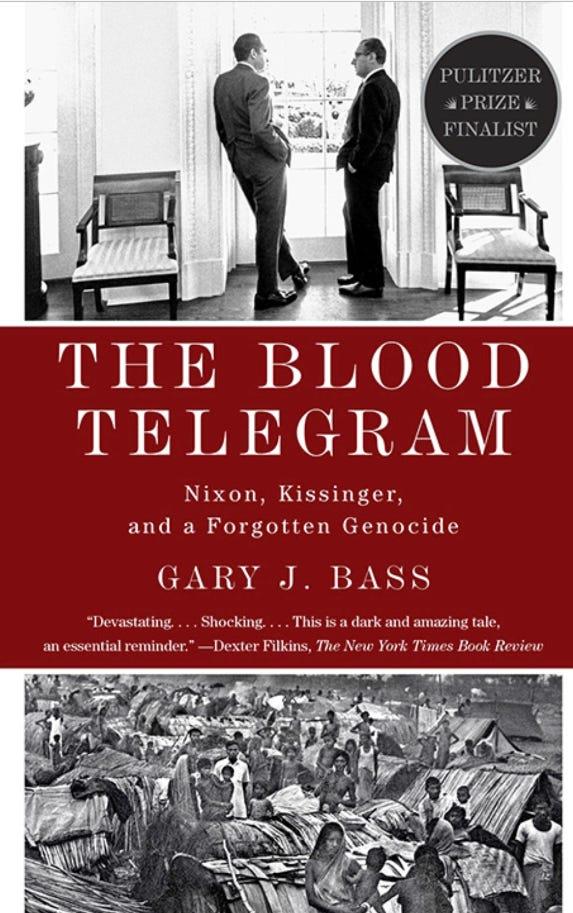
-----------------------------------------
By: Ryan Bose-Roy
Title: Operation Searchlight: The American-supported Pakistani genocide you probably haven’t heard about
Sourced From: thehealthcareblog.com/blog/2023/05/29/operation-searchlight-the-american-supported-pakistani-genocide-you-probably-havent-heard-about/
Published Date: Mon, 29 May 2023 20:59:03 +0000
Read More
 General Health and WellnessFitness and ExerciseSupplements and VitaminsPandemic NewsVideosPrivacy PolicyTerms And Conditions
General Health and WellnessFitness and ExerciseSupplements and VitaminsPandemic NewsVideosPrivacy PolicyTerms And Conditions

 General Health and WellnessFitness and ExerciseSupplements and VitaminsPandemic NewsVideosPrivacy PolicyTerms And Conditions
General Health and WellnessFitness and ExerciseSupplements and VitaminsPandemic NewsVideosPrivacy PolicyTerms And Conditions
